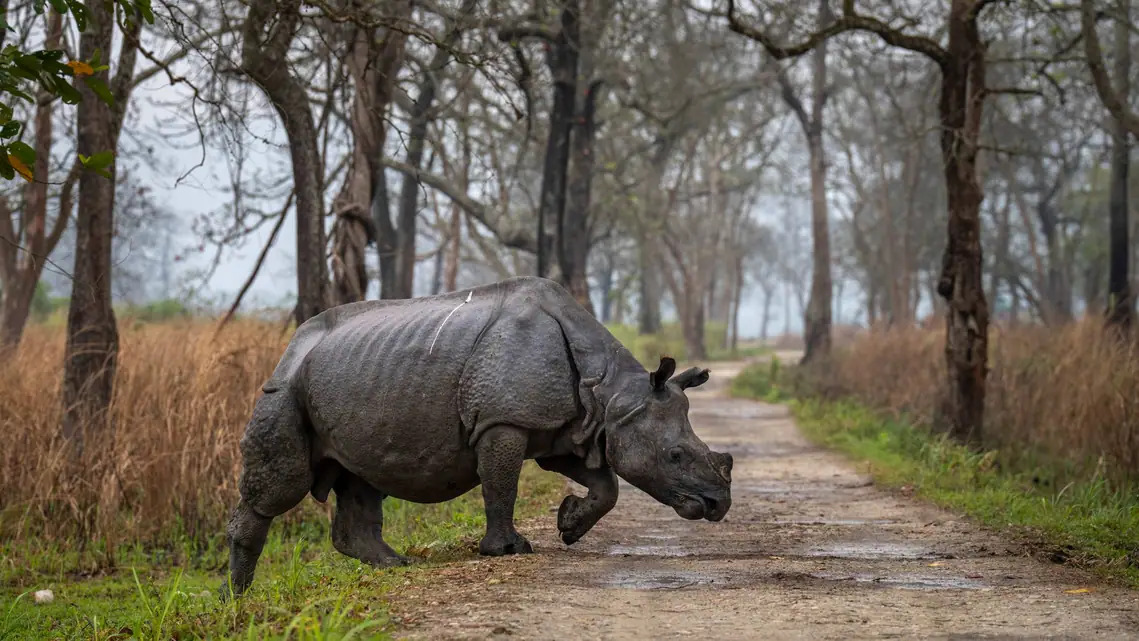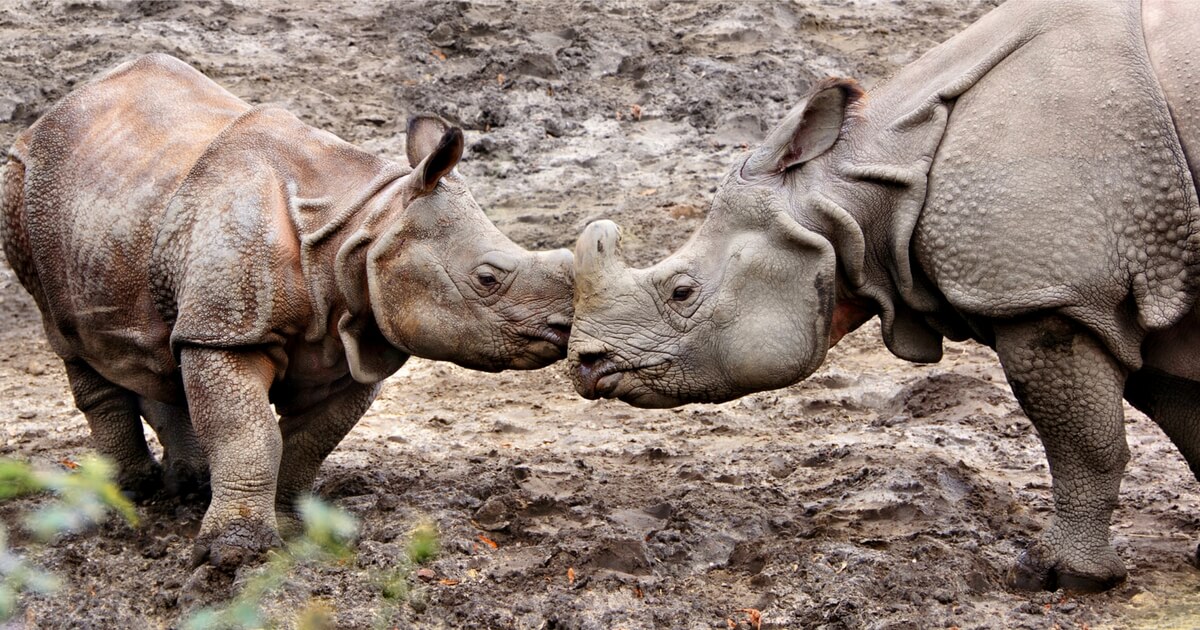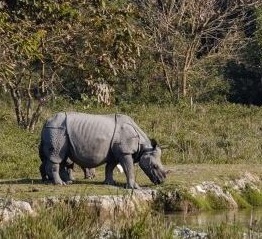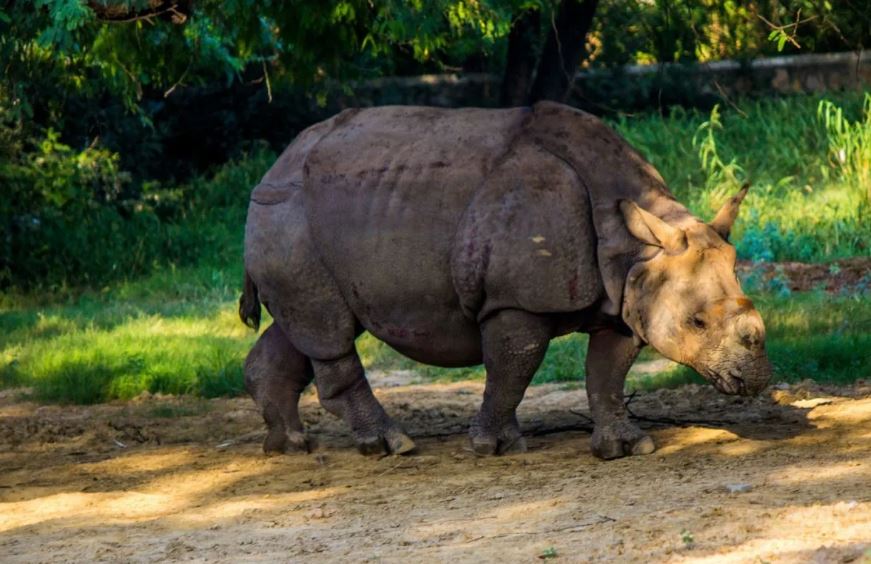
Know Weather Patterns of Kaziranga National Park
Nestled in the heart of Assam, India, Kaziranga National Park is a UNESCO World Heritage Site renowned for its rich biodiversity, including the iconic one-horned rhinoceros. To embark on a truly immersive wildlife adventure, it’s essential to comprehend Kaziranga’s unique weather patterns. In this blog post, we unravel the mysteries of the park’s climate, providing valuable insights to ensure that visitors can make the most of their journey through this extraordinary natural haven.
The Seasons of Kaziranga:
Kaziranga experiences three distinct seasons: summer, monsoon, and winter. Each season imparts a distinctive character to the park, influencing the behavior of its inhabitants and the overall safari experience. Summer, from March to June, offers optimal visibility for wildlife enthusiasts. The monsoon, from June to September, brings lush greenery but can pose challenges due to heavy rainfall. Winter, from November to February, is marked by pleasant weather, making it an ideal time for wildlife enthusiasts to explore the park.
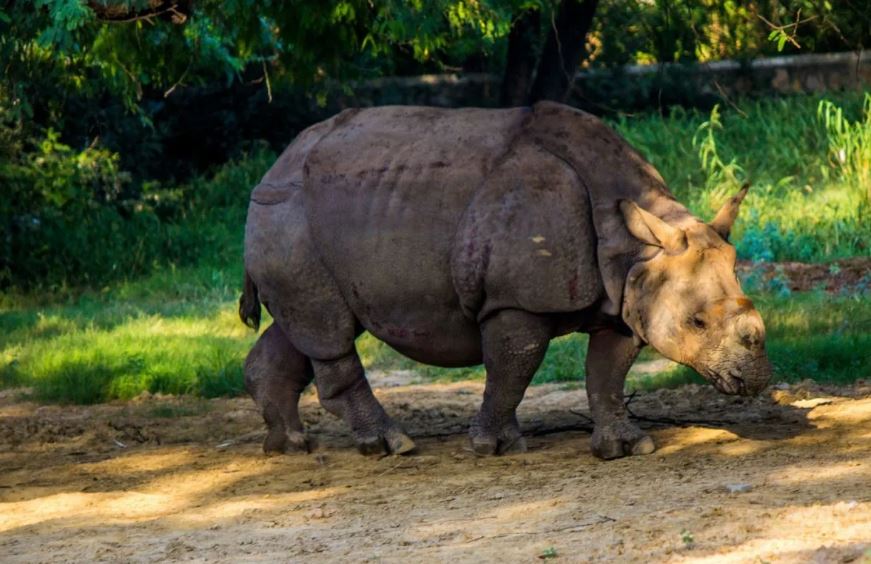
Navigating the Summer Heat :
While summer in Kaziranga can be warm, it is considered one of the best times for wildlife sightings. To beat the heat, opt for early morning and late afternoon safaris when the animals are more active. Lightweight, breathable clothing, a wide-brimmed hat, and sunscreen are essential to stay comfortable during the excursions. Explore water bodies where animals congregate to cool off, offering excellent opportunities for observation and photography. Patience and keen observation skills are key during the summer, as the sparse vegetation increases the chances of spotting elusive creatures.
Monsoon Marvels :
Monsoon transforms Kaziranga into a lush paradise, but it comes with its own set of challenges. Heavy rainfall can make certain areas inaccessible, and the dense vegetation may limit visibility during safaris. However, the monsoon also brings out the vibrant colors of the park and provides unique opportunities for photography. Visitors during this season should be prepared for sudden showers, wear waterproof gear, and focus on open areas where wildlife might still be visible despite the dense foliage.
Winter Wonders :
Winter is considered the peak tourist season in Kaziranga, thanks to its pleasant weather and increased chances of wildlife sightings. The dry grasslands and water bodies offer excellent visibility, making it easier to spot a variety of animals, including the one-horned rhinoceros. Visitors should dress in layers to accommodate temperature variations and embark on safaris during the early morning and late afternoon. The comfortable weather during winter allows for extended exploration, ensuring a comprehensive safari experience.
Essential Packing Tips:
To navigate Kaziranga’s diverse weather, pack accordingly. Essential items include sunscreen, a wide-brimmed hat, lightweight and breathable clothing for summer, waterproof gear for monsoon, and layered clothing for winter. Sturdy walking shoes, binoculars, and a camera with a telephoto lens are indispensable for capturing the park’s mesmerizing wildlife. Additionally, carry insect repellent, a reusable water bottle, and a small backpack to ensure a comfortable and prepared safari experience.
Conclusion:
Understanding Kaziranga National Park’s weather patterns is integral to unlocking the full potential of a wildlife adventure. Whether you choose to brave the summer heat, embrace the monsoon’s lush charm, or savor the winter wonders, each season offers a unique perspective on the park’s thriving ecosystem. Armed with this knowledge and equipped with the right gear, you’re ready to embark on a thrilling journey through Kaziranga, where nature unfolds its wonders in every season. For Booking Kaziranga Jeep Safari call us and enjoy your jeep safari tour.
